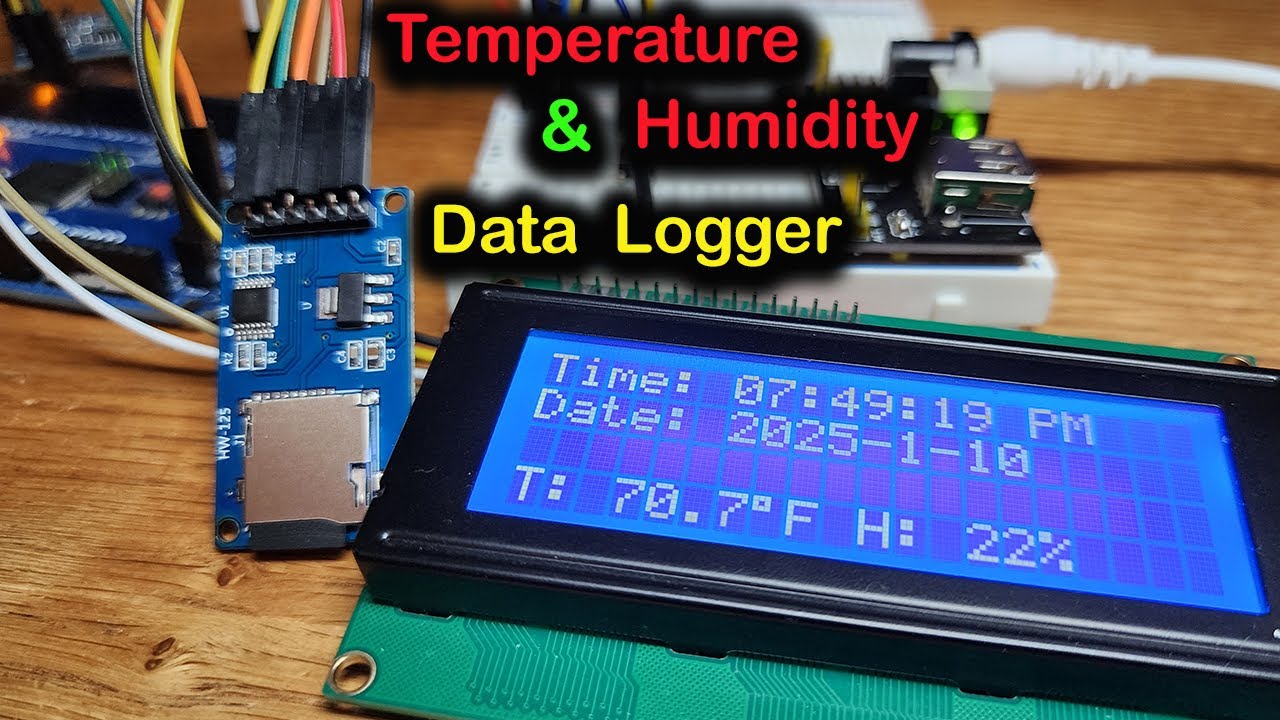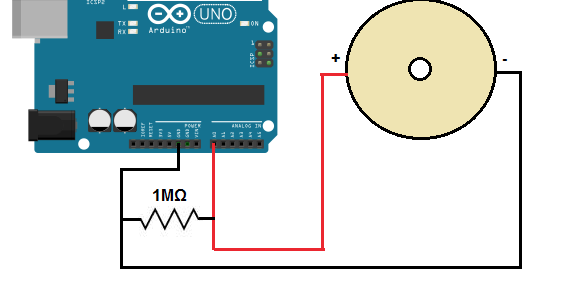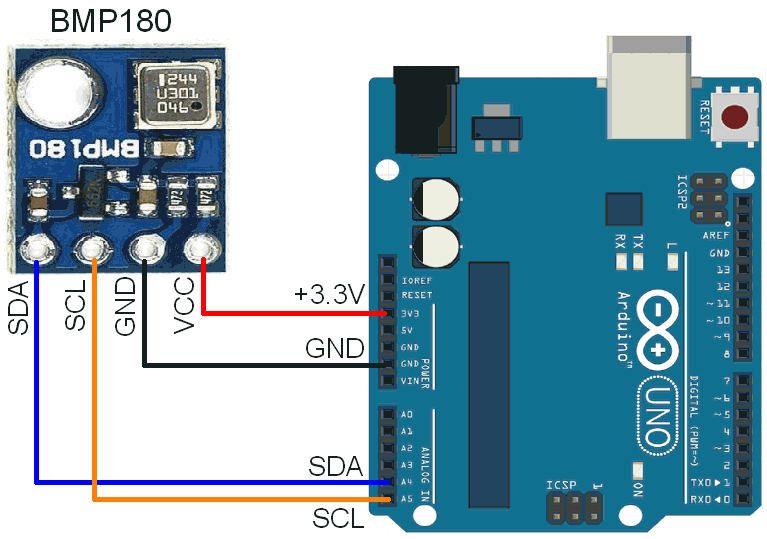Best way to read a Hall effect sensor?
If you’re working on a project that involves using a Hall effect sensor, you may be wondering the best way to read it accurately. Hall effect sensors are devices that can detect the presence of magnetic fields, making them ideal for a variety of applications such as speed detection, position sensing, and current sensing. In this article, we will discuss some tips and techniques for reading a Hall effect sensor effectively.
Understanding the basics of a Hall effect sensor
Before we dive into the best practices for reading a Hall effect sensor, let’s first understand how it works. A Hall effect sensor generates a voltage proportional to the magnetic field that it is exposed to. This voltage can be positive or negative depending on the polarity of the magnetic field. By measuring this voltage, you can determine the strength and polarity of the magnetic field, allowing you to make accurate readings.
Choosing the right sensor and magnet
One of the key factors in effectively reading a Hall effect sensor is choosing the right sensor and magnet for your application. There are various types of Hall effect sensors available, each with its own sensitivity and range. It’s important to select a sensor that is suitable for the magnetic field strength you will be working with. Additionally, the magnet you use should also be chosen carefully to ensure compatibility with the sensor.
Calibrating the sensor
Calibrating your Hall effect sensor is essential for obtaining accurate readings. This involves adjusting the sensor’s sensitivity and offset to compensate for any variations in the magnetic field. By calibrating the sensor, you can ensure that it provides reliable and consistent results. There are various tools and methods available for calibrating a Hall effect sensor, so be sure to follow the manufacturer’s guidelines for best results.
Proper signal conditioning
Signal conditioning is another important aspect of reading a Hall effect sensor. This involves amplifying and filtering the sensor’s output signal to improve accuracy and reliability. By properly conditioning the signal, you can eliminate noise and interference, ensuring that you obtain clean and precise readings. There are various signal conditioning techniques available, so be sure to choose the one that best fits your application.
Implementing error detection and correction
To ensure the accuracy of your Hall effect sensor readings, it’s important to implement error detection and correction mechanisms. This involves monitoring the sensor’s output for anomalies or inconsistencies and taking corrective action when necessary. By detecting and correcting errors in real-time, you can prevent inaccurate readings and ensure the reliability of your measurements.
Optimizing the reading process
Finally, optimizing the reading process is essential for maximizing the performance of your Hall effect sensor. This involves fine-tuning the sensor’s settings, adjusting the sampling rate, and optimizing the data processing algorithm. By optimizing the reading process, you can achieve faster response times, higher accuracy, and improved overall performance. Be sure to experiment with different settings to find the optimal configuration for your specific application.
Conclusion
In conclusion, reading a Hall effect sensor effectively requires a combination of selecting the right sensor and magnet, calibrating the sensor, proper signal conditioning, implementing error detection and correction, and optimizing the reading process. By following these tips and techniques, you can ensure that you obtain accurate and reliable readings from your Hall effect sensor for your project.
Best way to read a Hall effect sensor?
If you’re working on a project that involves using a Hall effect sensor, you may be wondering the best way to read it accurately. Hall effect sensors are devices that can detect the presence of magnetic fields, making them ideal for a variety of applications such as speed detection, position sensing, and current sensing. In this article, we will discuss some tips and techniques for reading a Hall effect sensor effectively.
Understanding the basics of a Hall effect sensor
Before we dive into the best practices for reading a Hall effect sensor, let’s first understand how it works. A Hall effect sensor generates a voltage proportional to the magnetic field that it is exposed to. This voltage can be positive or negative depending on the polarity of the magnetic field. By measuring this voltage, you can determine the strength and polarity of the magnetic field, allowing you to make accurate readings.
Choosing the right sensor and magnet
One of the key factors in effectively reading a Hall effect sensor is choosing the right sensor and magnet for your application. There are various types of Hall effect sensors available, each with its own sensitivity and range. It’s important to select a sensor that is suitable for the magnetic field strength you will be working with. Additionally, the magnet you use should also be chosen carefully to ensure compatibility with the sensor.
Calibrating the sensor
Calibrating your Hall effect sensor is essential for obtaining accurate readings. This involves adjusting the sensor’s sensitivity and offset to compensate for any variations in the magnetic field. By calibrating the sensor, you can ensure that it provides reliable and consistent results. There are various tools and methods available for calibrating a Hall effect sensor, so be sure to follow the manufacturer’s guidelines for best results.
Proper signal conditioning
Signal conditioning is another important aspect of reading a Hall effect sensor. This involves amplifying and filtering the sensor’s output signal to improve accuracy and reliability. By properly conditioning the signal, you can eliminate noise and interference, ensuring that you obtain clean and precise readings. There are various signal conditioning techniques available, so be sure to choose the one that best fits your application.
Implementing error detection and correction
To ensure the accuracy of your Hall effect sensor readings, it’s important to implement error detection and correction mechanisms. This involves monitoring the sensor’s output for anomalies or inconsistencies and taking corrective action when necessary. By detecting and correcting errors in real-time, you can prevent inaccurate readings and ensure the reliability of your measurements.
Optimizing the reading process
Finally, optimizing the reading process is essential for maximizing the performance of your Hall effect sensor. This involves fine-tuning the sensor’s settings, adjusting the sampling rate, and optimizing the data processing algorithm. By optimizing the reading process, you can achieve faster response times, higher accuracy, and improved overall performance. Be sure to experiment with different settings to find the optimal configuration for your specific application.
Conclusion
In conclusion, reading a Hall effect sensor effectively requires a combination of selecting the right sensor and magnet, calibrating the sensor, proper signal conditioning, implementing error detection and correction, and optimizing the reading process. By following these tips and techniques, you can ensure that you obtain accurate and reliable readings from your Hall effect sensor for your project.



